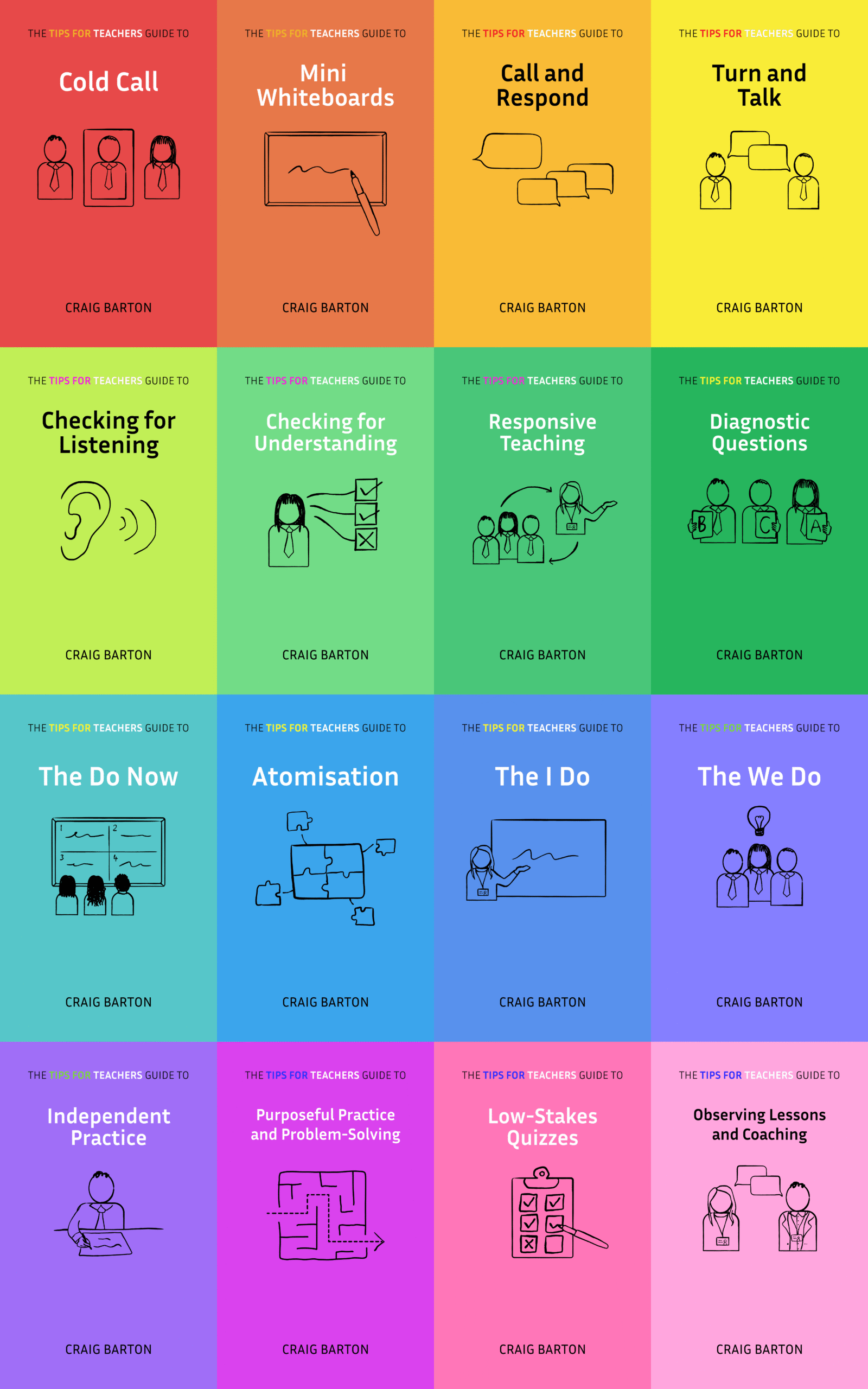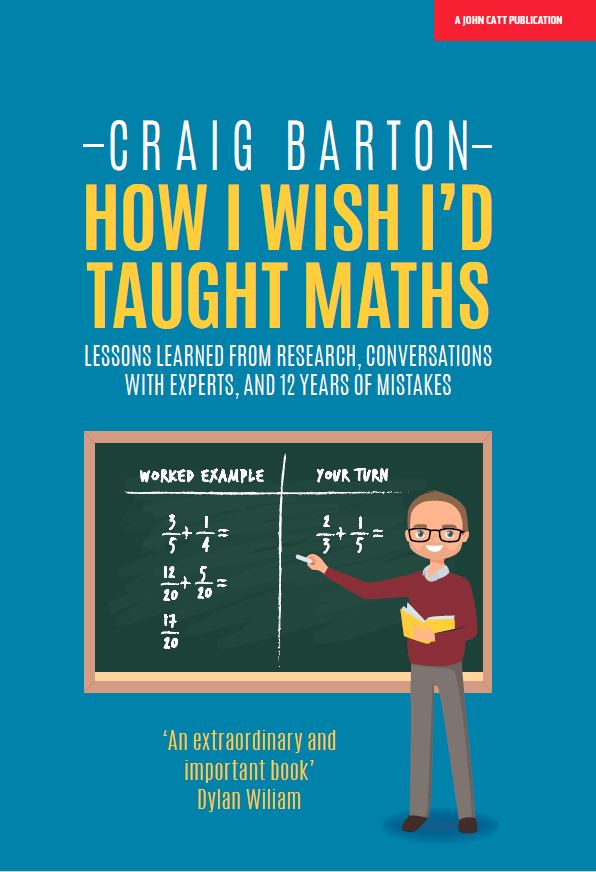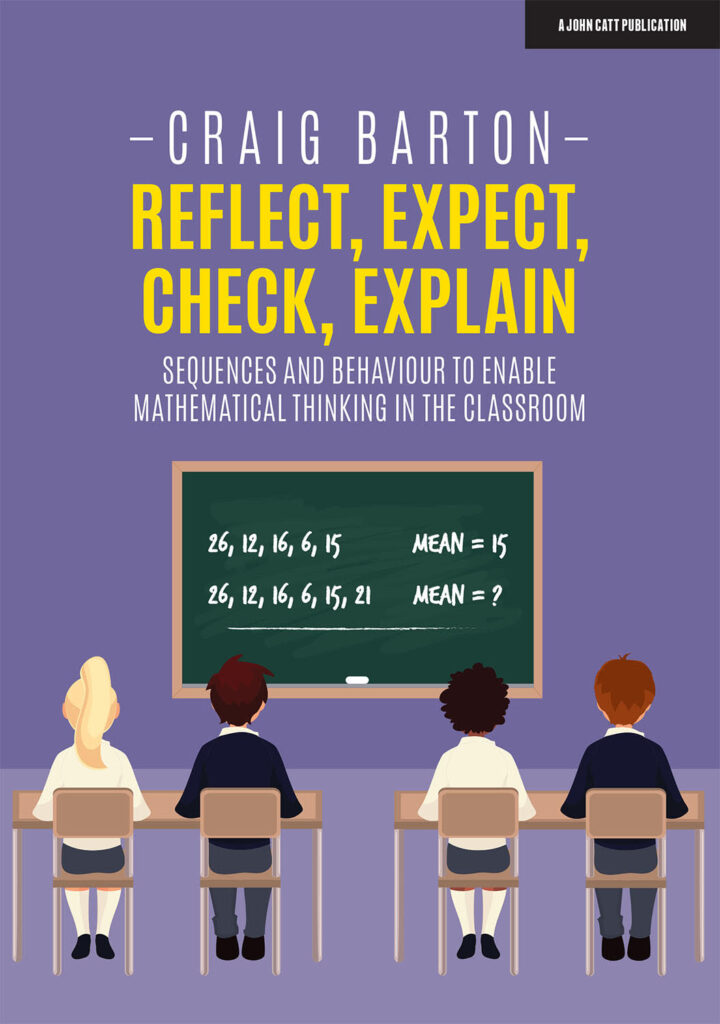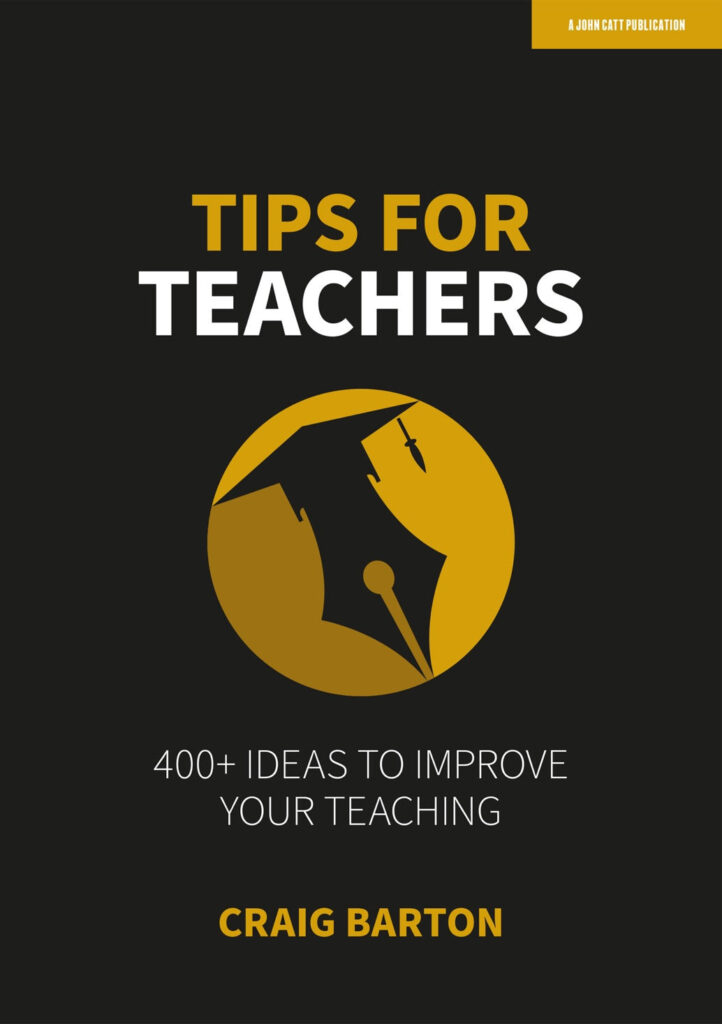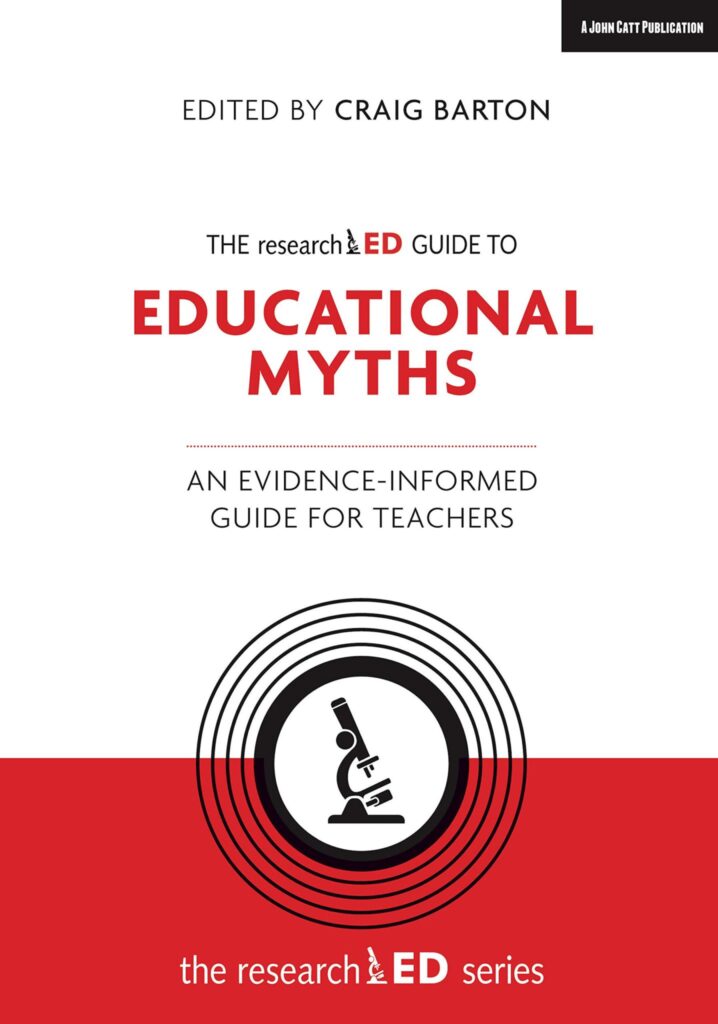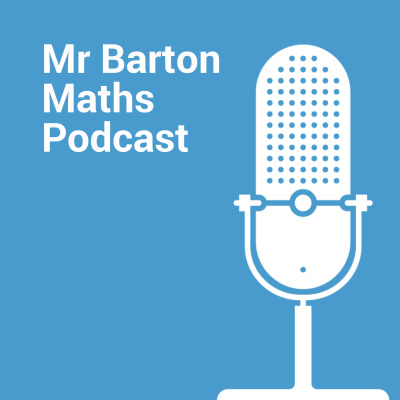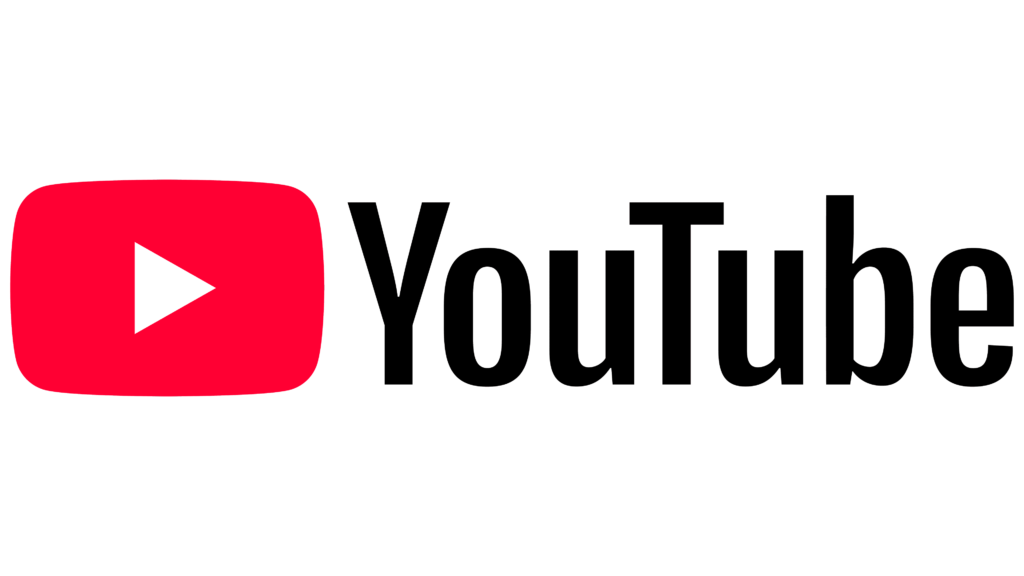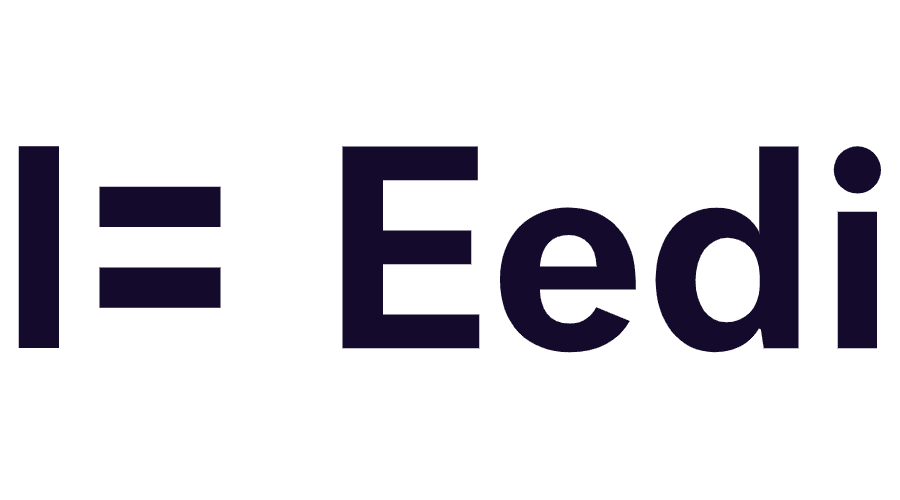Summary
This YouTube transcript discusses effective teaching strategies, focusing on the importance of building upon students’ prior knowledge. The speakers emphasize that learning is most effective when new information connects to existing knowledge, highlighting how prior knowledge shapes attention and comprehension. They critique insufficient methods of checking for understanding, advocating for deeper probes into what students actually grasp, not just what teachers think they should. The conversation underscores the necessity of responsive teaching, reacting to students’ understanding to adapt instruction and create a continuous feedback loop. Ultimately, the speakers stress that investing time in understanding students’ prior knowledge saves time in the long run and leads to more effective learning.
What are the implications for teachers?
Based on the sources, here are some implications for teachers regarding the importance of building on prior knowledge:
- Teachers should recognize that learners will only learn new material if it connects to what they already know. This means that teachers must actively try to link new concepts to the existing knowledge base of their students. Otherwise, students may resort to rote learning, which is less effective.
- Prior knowledge shapes what students pay attention to and, consequently, what they learn. Students with different prior knowledge will focus on different aspects of a lesson or problem. For example, in math, some students might focus on surface features while others will notice the underlying mathematical concepts.
- Teachers should appreciate how unique each student’s prior knowledge is, even if they have followed the same curriculum. It is not sufficient to assume that all students understand the same thing even if they have been taught the same material. Teachers need to understand that each student’s background and experiences impact their understanding.
- Checking for understanding should be more than just a quick assessment. Teachers should not assume that students have understood exactly what the teacher has transmitted to them, but rather assess what the student has understood. This requires deeper checks for understanding that go beyond simple hinge questions or multiple-choice diagnostic questions.
- Teachers should ask students to explain their answers or generate their own examples to really gauge understanding.
- Understanding develops over time, and teachers should check for different levels of understanding. Teachers can use diagnostic questions as a starting point, but should also check whether students can explain why an answer is correct or incorrect.
- Teachers need to consider what “understanding” looks like in their specific subject. Learning is about developing mental models, not just banking information. Teachers should check if students are progressing in their mental model development.
- Teachers should not skip checking for prior knowledge due to time constraints. Investing time in prior knowledge checks can save time in the long run because it is likely that students will struggle later if the foundational knowledge is not there. It is more time-effective to check and respond to gaps in prior knowledge than to try to teach new material that students are not ready to learn.
- Teachers need to respond to information gained from checking for understanding. It is not enough to just conduct checks, teachers need to use that information to modify their teaching. If students do not understand a concept, the teacher needs to address that misunderstanding instead of just moving on.
- Checking for understanding and responding should be part of a continuous loop. Teachers should check for understanding, respond to that check, and then check for understanding again, and so on. The process of checking for understanding should be an integrated part of a teacher’s schema.
- Teachers should know that forgetting is more likely to happen if the material has been branded onto their memories rather than being linked to what they already know. Therefore, understanding what students know is crucial.
- Teachers should start where the student is, not where the teacher wants them to be. It’s important to remember that students progress through grades, but they might not have mastered all the necessary prerequisite knowledge.
In conclusion, teachers should make building on prior knowledge a key component of their teaching practice. This will require a shift in perspective from focusing on delivering content to understanding how students construct knowledge.

